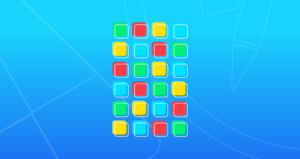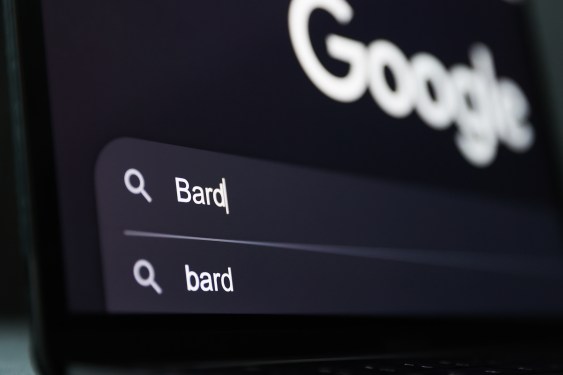After a rocky launch, Google is trying to revive its Bard AI-chatbot with a slew of new features and language support. At its I/O developer conference, the company announced that it will be removing the waitlist and making Bard available to anyone in over 180 countries and territories (in English). Additionally, Google promises to support 40 languages in the near future.
A New Era for Bard
The launch of Bard was not without its challenges. A Google ad featuring a wrong answer by Bard briefly tanked the company’s stock by 8%. However, today marks a new beginning for the AI-chatbot. In an effort to reintroduce Bard to a more favorable reception, Google is launching several new features that will make it a more formidable competitor in the market.
New Features and Language Support
- Multimodal Queries: Bard can now work with images, allowing users to use their images in a prompt or have Bard explain them.
- Extensions: Extensions for Bard are coming soon, including from Google’s own apps and services like Maps, Sheets, Gmail, and Docs.
- Third-Party Services: Support for third-party services is also on the horizon. Adobe’s Firefly generative image generation service will be integrated into Bard first, but support for Wolfram Alpha and other providers is coming soon too.
Why Firefly?
At first glance, it may seem unusual that Google chose to partner with Adobe’s Firefly instead of its own image generation service as part of Vertex. However, there are some key advantages to working with Firefly. Since Firefly only trained on images licensed by Adobe or in the public domain, it is commercially safe and does not pose any legal risks.
What Does This Mean for Users?
The integration of Firefly into Bard has several benefits for users:
- Improved Image Generation: With access to a vast library of licensed images, users can expect higher quality image generation from Bard.
- Reduced Legal Risks: By partnering with Adobe, Google is minimizing the risk of any legal issues associated with image generation.
What’s Next for Bard?
In addition to its new features and language support, Bard will also be able to surface images in its responses. For example, if a user asks about a tourist destination, Bard can now show popular sights there.
Furthermore, Google is expanding Bard’s coding capabilities, powered in part by Google Lens. This includes generating code, explaining code snippets, and helping users debug code. Enhanced code citations will also be available, allowing users to see the entire code used by Bard.
Why This Matters
The improvements to Bard are significant for several reasons:
- Increased Accessibility: By making Bard available in more languages, Google is opening up its AI-chatbot to a broader audience.
- Improved User Experience: The new features and language support will make it easier for users to interact with Bard and get the information they need.
Conclusion
The reintroduction of Bard marks an exciting new chapter for Google’s AI-chatbot. With its new features, language support, and third-party services, Bard is poised to become a major player in the market.















